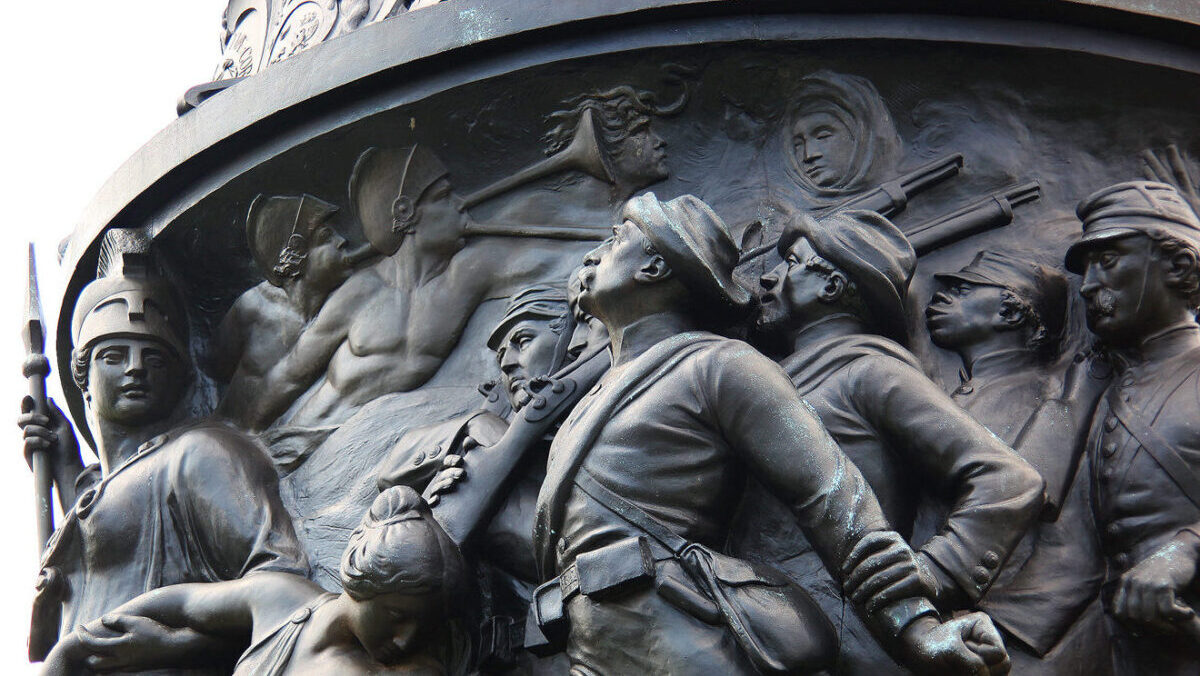The Reconciliation Monument at Arlington Cemetery is set to be restored by 2027, following its removal on December 16, 2023. The monument, which symbolizes the unity between the North and South after the Civil War, has become a focal point in discussions about historical preservation and national identity.
The monument was created by sculptor Moses Ezekiel, who chose its location as his burial site. Its removal was part of a broader trend initiated in 2020, when various historical monuments were taken down amid national protests and calls for social justice following the death of George Floyd.
Defense Secretary Pete Hegseth has been a vocal advocate for the monument’s restoration. In a recent statement, he emphasized its importance, saying, “The reinstatement of the 1914 Reconciliation Monument fosters the unity of America. Its removal by ‘woke lemmings’ was inconsistent with honesty and openness about the past.”
Critics of the monument argue that it romanticizes the Confederacy and presents a skewed view of history. They contend that monuments like this one can perpetuate harmful narratives about slavery and racial division. However, supporters assert that the monument represents a commitment to reconciliation and healing, reflecting a broader American ethos of unity.
The Reconciliation Monument features four cinerary urns, a frieze of shields representing the Confederate states, and 32 life-sized figures, including a prominent depiction of a woman symbolizing peace and agricultural prosperity. The inscription at its base, quoting Isaiah 2:4, reinforces its message of turning weapons into tools for peace.
The monument was originally conceived by President William McKinley, who sought to honor the contributions of Southern soldiers during the Spanish-American War. Subsequent presidents, including Theodore Roosevelt and Woodrow Wilson, supported the monument’s theme of reconciliation. Wilson unveiled the monument in 1914, stating it represented “the best of America — a spirit of reconciliation, democracy, freedom, heroism, and patriotism.”
Hegseth’s advocacy for the monument comes amid a national conversation about the preservation of historical sites. The removal of over 260 monuments across the country since 2020 has sparked debates about which aspects of history should be commemorated and how.
Supporters of the Reconciliation Monument argue that restoring it is crucial for honoring American heritage and fostering a sense of unity. They view the monument as a vital symbol of the nation’s ability to confront its past and move forward together.
As the restoration project moves forward, it will likely continue to draw attention and provoke discussion about the role of monuments in American society. The Reconciliation Monument stands not only as a tribute to a complex historical narrative but also as a potential catalyst for ongoing dialogues about unity and reconciliation in the United States.
READ Trump Administration Seeks Supreme Court Relief in USAID Funding Dispute



